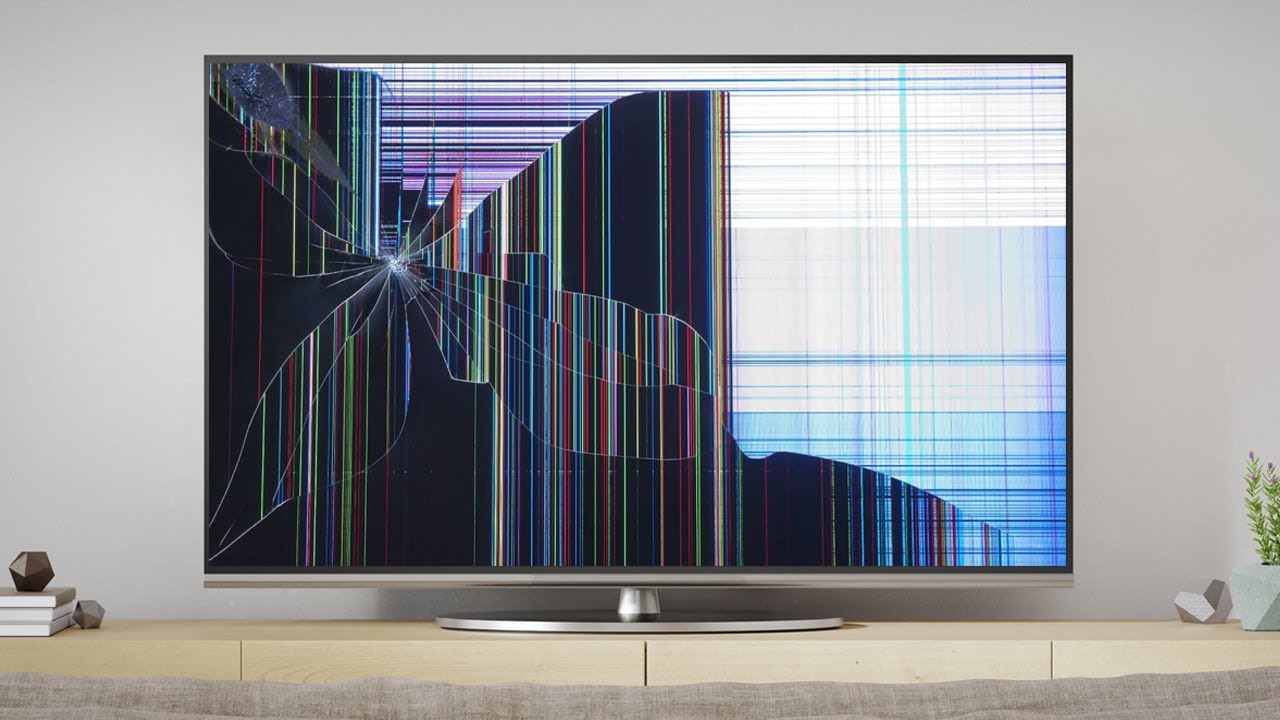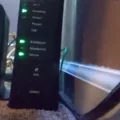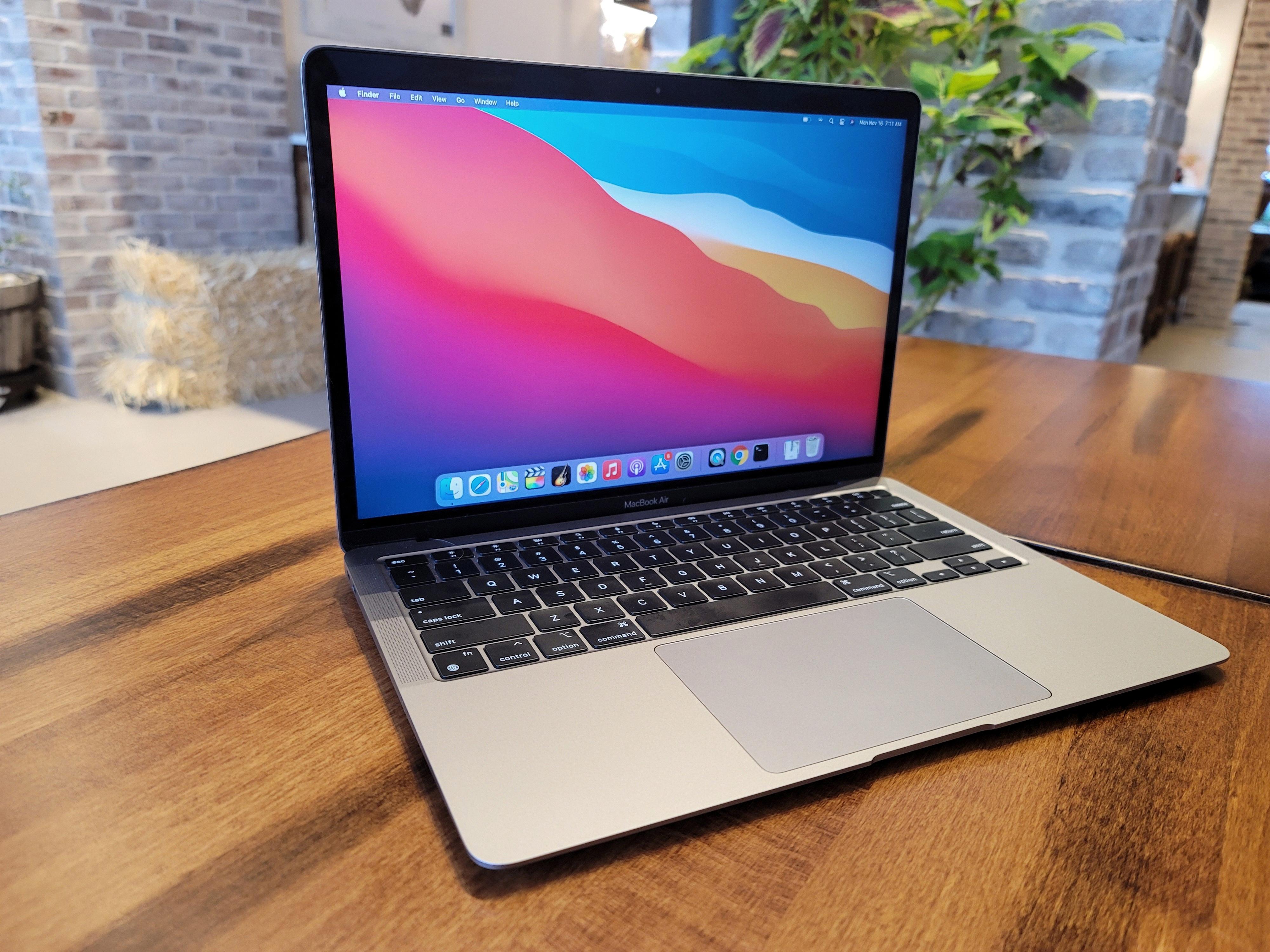When your TV stops working, it can be frustrating, especially if you’re not sure what to do with it. Whether your TV has a small problem that can be fixed or a major issue that requires a complete replacement, there are steps you can take to minimize waste and maximize value.
Firstly, if your TV has a simple issue, like a power board or capacitor, it can be fixed. Repair shops often buy broken TVs to refurbish and resell. Additionally, parts like the power supply and inverter can be reused. Repairing your TV is worth it if you want to reduce waste or have a simple fix. However, if the cost of repairs exceeds the cost of a new TV, it may be more cost-effective to replace your old TV with a new model.
Secondly, if your TV has severe damage, such as vertical lines, a darkened screen, or a cracked or broken screen, it can be repaired, but it may cost more than the TV’s original price. If your screen is cracked or broken, you can try replacing the screen, LCD, Plasma, or LED part. However, the best option is to take it to a local recycling center. Most centers will accept TVs for free or for a small fee. Just be sure to remove all of the cords and cables from the TV before bringing it in!
If you want to recycle your flat-screen TV on your own, there are a few things you need to do first. Firstly, you need to find a reputable recycling center that can accept your TV. Some centers will offer pick-up services, while others may require you to drop your TV off at a specific location. Secondly, you need to ensure that your TV is properly prepared for recycling. This means removing all cords and cables, as well as any batteries or other hazardous materials.
Dealing with a broken TV can be a frustrating experience, but there are steps you can take to minimize waste and maximize value. Whether you choose to repair your TV, replace it, or recycle it, there are options available to you. Remember to always dispose of your TV responsibly, and to seek professional help if you’re unsure about how to proceed.

What Can Be Done With a Broken TV?
Broken TVs can be salvaged and reused in various ways. Here are some of the things that can be done with a broken TV:
– Repair and refurbish: If you have the expertise or access to a repair shop, you may be able to fix the broken TV and bring it back to working condition. Repairing a TV can involve replacing faulty components like a power board, capacitor, t-con board, power supply, and inverter.
– Sell or donate parts: If the TV cannot be repaired, it can still be useful for its parts. Repair shops often buy broken TVs for this purpose. You can also sell or donate the TV to organizations or individuals who need specific parts for repair.
– Recycle: TVs contain various toxic materials like lead and mercury, which can be harmful to the environment if not disposed of properly. Recycling a broken TV ensures that these materials are safely extracted and reused. Many recycling centers accept old electronics, including TVs.
– Repurpose: If you’re feeling creative, you can repurpose a broken TV into something else entirely. Some people have turned old TVs into fish tanks, bookshelves, or even retro-style decorations. However, it’s important to note that repurposing a TV can be challenging and potentially dangerous due to the presence of hazardous materials.
There are several ways to deal with a broken TV, including repairing, selling parts, recycling, and repurposing.
Is Repairing a Broken TV Worth the Cost?
Broken TVs are worth fixing in certain situations. If the TV is relatively new and has only minor issues, such as a broken power cord or a cracked screen, repairing it can be a cost-effective option. Additionally, repairing your TV can help reduce waste and promote sustainability by avoiding the need for a new TV. However, if the TV is old and has major issues, such as a faulty circuit board or a damaged backlight, the cost of repairs can exceed the cost of a new TV. In these cases, replacing your old TV with a new model is more cost-effective. Ultimately, the decision to repair or replace your TV will depend on the age and condition of your TV and the cost of repairs.
What Can Be Done About a Broken TV Screen?
There are some things you can do about a broken TV screen. However, the solution depends on the extent of the damage. If your flat-screen TV has vertical lines, half of the screen has turned darker, or the screen is cracked or broken, this can be repaired. But, the cost of repairing it may be more than the cost of a new TV.
If the screen is cracked or broken, you can try replacing the screen or the LCD, Plasma, or LED part. However, this requires technical skills and knowledge, and it might be better to seek professional help. The cost of repairing a broken screen can vary based on the type, size, and brand of the TV.
If your TV screen is broken, you may be able to repair it, but it may be costly. It is recommended to consult a professional technician for repair or replacement options.
What to Do With a Broken Flat Screen?
There are several options for disposing of broken flat-screen TVs. Here are some of the most common options:
1. Local Recycling Centers: Many local recycling centers accept TVs for recycling, including broken flat screens. Some centers may charge a small fee for this service, while others may offer it for free. It’s a good idea to call ahead to confirm that the center accepts TVs and to ask about any fees or restrictions.
2. Electronic Retailers: Some electronic retailers, such as Best Buy, offer recycling programs for electronics, including TVs. They may even offer free pickup or a discount on a new TV purchase if you recycle your old one with them.
3. Manufacturer Programs: Some TV manufacturers have their own recycling programs. For example, Samsung offers a free take-back program for their products, including TVs.
4. Curbside Pickup: Depending on where you live, your local waste management company may offer curbside pickup for electronics recycling. Check with your local government or waste management company to see if this is an option in your area.
It’s important to note that it’s not safe to dispose of broken flat screens in regular trash or recycling bins. The screens contain hazardous materials, such as lead and mercury, which can harm the environment if not disposed of properly. So, it’s always best to recycle them through one of the options listed above.
Conclusion
A broken TV can be repaired, but it depends on the extent of the damage and the cost of replacement parts. Repair shops often refurbish and resell broken TVs or salvage parts from old TVs that cannot be fixed. However, if the cost of repairs exceeds the cost of a new TV, it may be more cost-effective to replace the old TV with a new one. If your flat-screen TV has vertical lines, a darker half of the screen, or a cracked/broken screen, it may be more expensive to repair than to replace. In this case, it’s best to take your TV to a local recycling center to reduce waste. repairing a broken TV is worth it if it’s a simple fix, but it’s important to weigh the cost and extent of the damage before deciding whether to repair or replace it.








